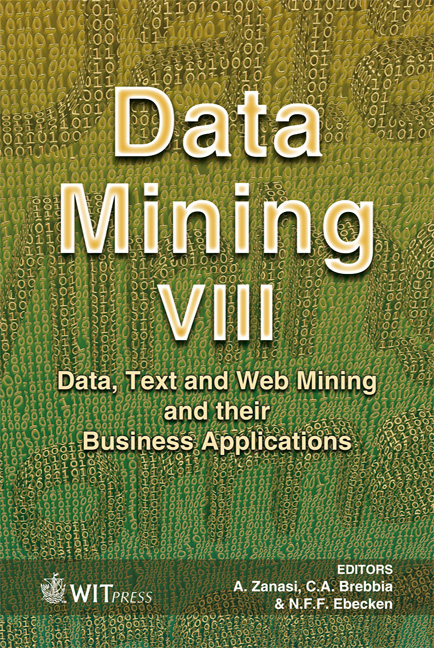Implementation And Performance Assessment Of A Parallel Solver For Sparse Linear Systems Of Equations And Rules For Optimal Solution
Price
Free (open access)
Volume
38
Pages
10
Published
2007
Size
935 kb
Paper DOI
10.2495/DATA070061
Copyright
WIT Press
Author(s)
T. Grytsenko & A. Peratta
Abstract
Many computational algorithms in science and engineering give rise to large sparse linear systems of equations which need to be solved as efficiently as possible. As the size of the problems of interest increases, it becomes necessary to consider exploiting multiprocessors to solve these systems. This paper reports on the implementation of a parallel solver for sparse linear systems of equations and proposes simple formulas for predicting the speedup in terms of the size of the linear system and number of processors in the cluster. The iterative solvers considered in this paper are i – Conjugate Gradient Squared Method (CGS), ii – Generalised Minimal Residual Method (GMRES) and iii – the Transpose Free Quasi-Minimal Residual Method (TFQMR) from the Aztec library implemented with the MPI interface and Parallel Knoppix based cluster. Keywords: parallel solver, iterative solver, sparse matrix, cluster, MPI, Aztec, Parallel Knoppix. 1 Introduction Many computational algorithms in science and engineering give rise to large sparse linear systems of equations (LSES) which need to be solved as efficiently as possible. Most modern iterative methods for solving sparse LSES have as their key computational step the computation b Ax =(1)
Keywords
parallel solver, iterative solver, sparse matrix, cluster, MPI, Aztec, Parallel Knoppix.





